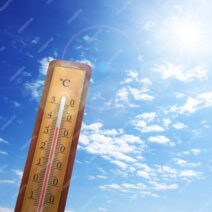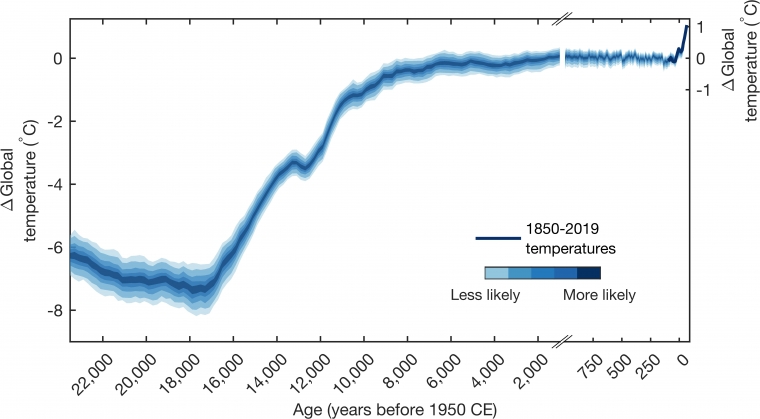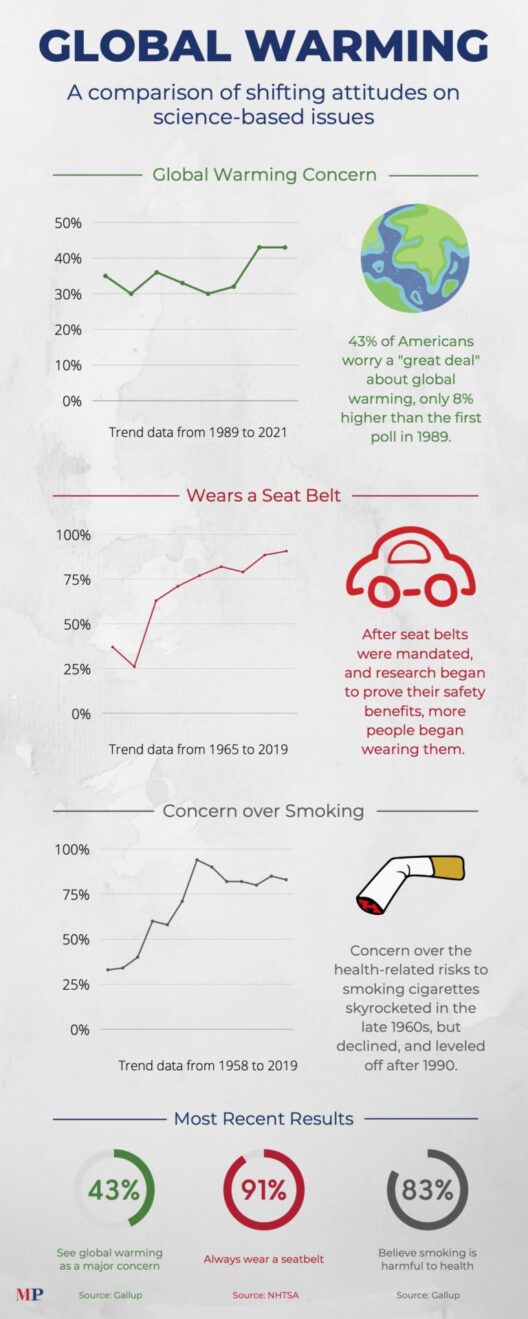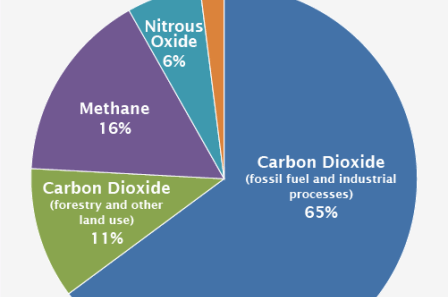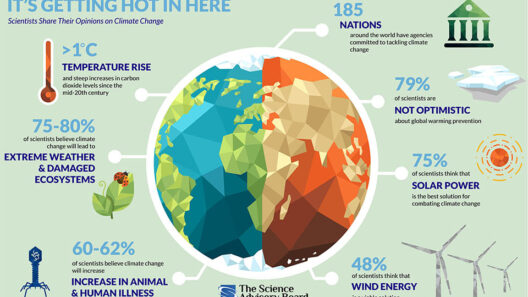The phenomenon of global warming is reshaping our climate systems, engendering stark alterations in weather patterns that were once deemed predictable. This transformation has permeated every corner of the globe, affecting ecosystems, food production, and the livelihoods of millions. While some of the alterations may seem acute, they are often mere echoes of a larger, more insidious problem. The evolving landscape of our weather signifies what many have termed “The New Normal.” This intense shift brings forth a series of complex interdependencies, revealing deeper reasons for human fascination with the climate crisis.
In the lexicon of environmental science, “climate” denotes the long-term average of weather patterns over extended periods, while “weather” refers to the short-term atmospheric conditions. The New Normal encapsulates the synthesis of these two concepts, as abnormal weather events increasingly characterize our immediate perceptions of climate. Recent phenomena, such as unprecedented hurricanes, prolonged droughts, and unseasonal temperature spikes, underscore this urgent deviation from established norms.
One observable shift lies in the increase in frequency and intensity of extreme weather phenomena. Hurricane seasons once deemed manageable now surge with ferocity, driven by warmer ocean temperatures that enhance storm formation and organization. For instance, the Atlantic hurricane season has seen record-breaking storms in recent years—remarkably, 2020 experienced the highest number of named storms on record. This uptick in intensity leads to catastrophic flooding, property damage, and, regrettably, loss of life. This is not mere coincidence; it is the direct consequence of anthropogenic emissions that trap heat within the Earth’s atmosphere.
Moreover, the phenomenon of heatwaves has matured into a common recitation of a climate-changed world. As the planet’s average temperature steadily climbs, it alters the frequency and duration of extreme heat events. Nationwide, places once characterized by mild summers are now subject to relentless swelter. This prolonged exposure can lead to dire public health challenges, particularly for vulnerable populations. Notably, urban areas are prone to the urban heat island effect, wherein concrete and asphalt absorb heat more rapidly than grassy or forested areas, exacerbating this issue and increasing energy demands during peak summer months.
Drought, a silent but persistent antagonist, has transformed arid regions into veritable landscapes of desolation. The shifting climate diminishes precipitation patterns; regions that once enjoyed reliable rainfall now face alarming water scarcity. Groundwater sources are depleted faster than they can replenish, creating competition among various stakeholders—from farmers seeking irrigation to urban centers grappling with drinking water shortages. Agriculture, a cornerstone of human civilization, is jeopardized as crop yields become less reliable, leading to food insecurity and rising prices. The interconnectivity of weather patterns and human necessities becomes glaringly apparent.
Additionally, the unpredictability of precipitation has evolved into a major concern. Disparate regions face an increase in rainfall intensity while simultaneously enduring longer stretches of dryness. Such fluctuations disturb the delicate balance of ecosystems. Flora and fauna, conditioned to respond to seasonal cues, confront threats posed by their changing environment. Severe weather can obliterate habitats, undermining biodiversity and altering the dynamics of ecosystems. Species extinction looms as some organisms cannot adapt quickly enough to this relentless pace of change, showcasing the fragility of natural systems in the face of human-induced climate impacts.
While the immediate ramifications of climate change seem dire, the underlying causes provoke significant intrigue. Humanity’s reliance on fossil fuels, deforestation, and industrial processes has engendered an atmospheric milieu laden with greenhouse gases, chief among them carbon dioxide and methane. The compounding effect of these emissions traps heat, driving global temperatures upwards. The allure of this crisis lies in its retention of complexities, encompassing not only scientific inquiries but also ethical considerations regarding stewardship, conservation, and intergenerational equity.
Addressing climate change demands a multifaceted approach, intertwining policy, innovation, and grassroots activism. Shifting away from fossil fuel dependency toward renewable energy sources is crucial. Wind, solar, and geothermal harness environmentally friendly alternatives that not only act as counterweights to rising emissions but also hold potential for economic revitalization through job creation in emerging sectors.
Community engagement is equally vital, as individuals are the fulcrum upon which societal change pivots. Grassroots movements promoting sustainability practices encourage citizens to embrace responsibility and accountability. This engagement fosters a culture of awareness, mobilizing support for environmentally responsible policies that enforce conservation and minimize waste. By embracing renewable energy and adopting sustainable practices, society can forge its own solutions to mitigate the impacts of climate change.
In conclusion, The New Normal is not just a colloquialization of current weather trends; it is a clarion call demanding attention. The alarming shifts in weather patterns represent both a profound threat and an opportunity for transformative change. Understanding the ramifications of global warming fuels a collective urgency to act—because the only means to combat the upheaval it creates is through informed and concerted action. The fascination with climate change evolves from a mere observation of environmental anomalies into a deeper comprehension of our interconnectedness with nature, underscoring the imperative to create a sustainable future.
